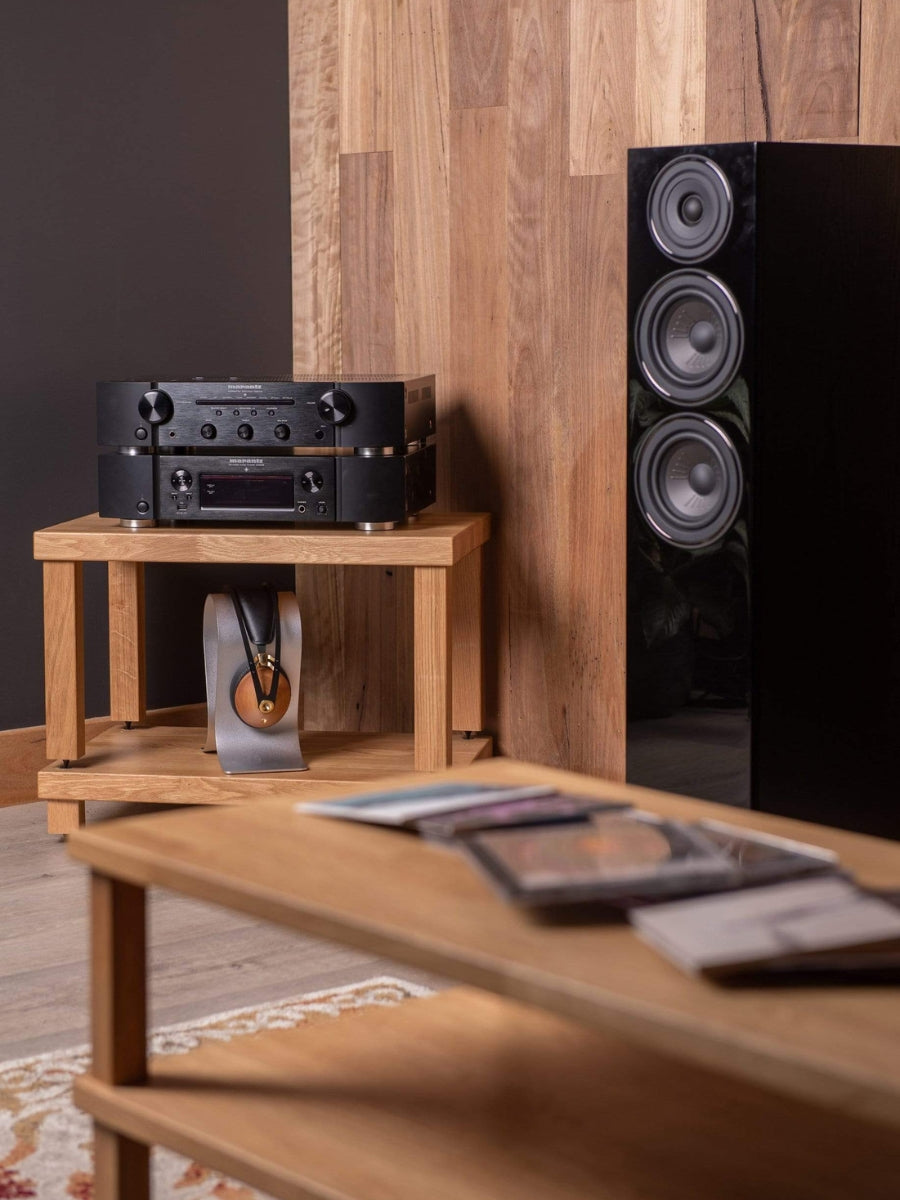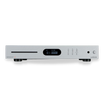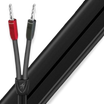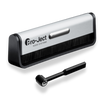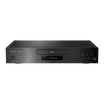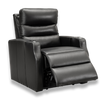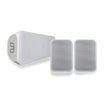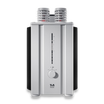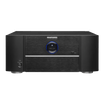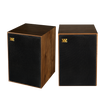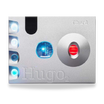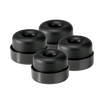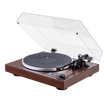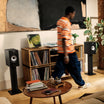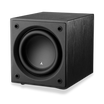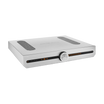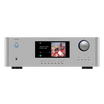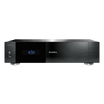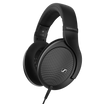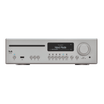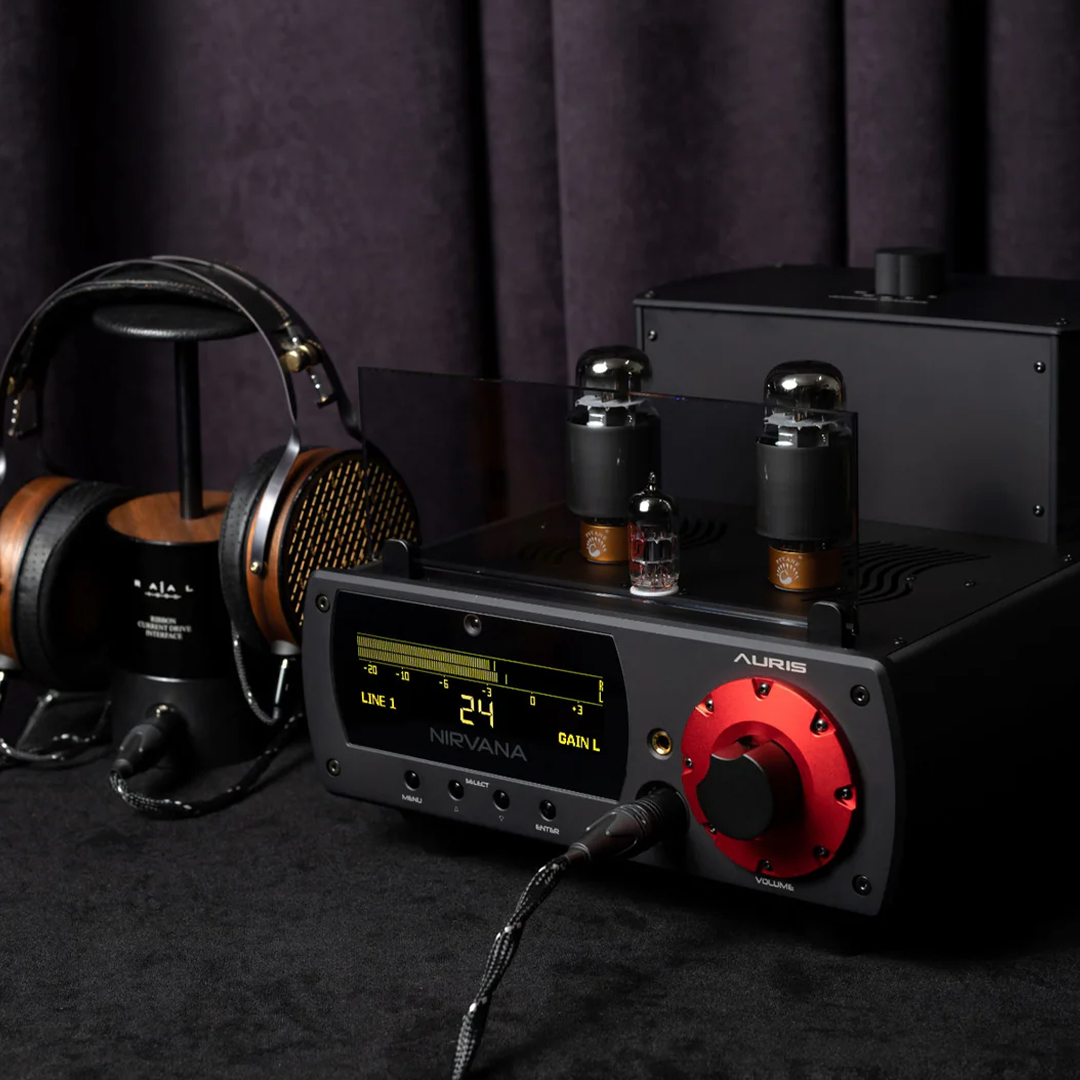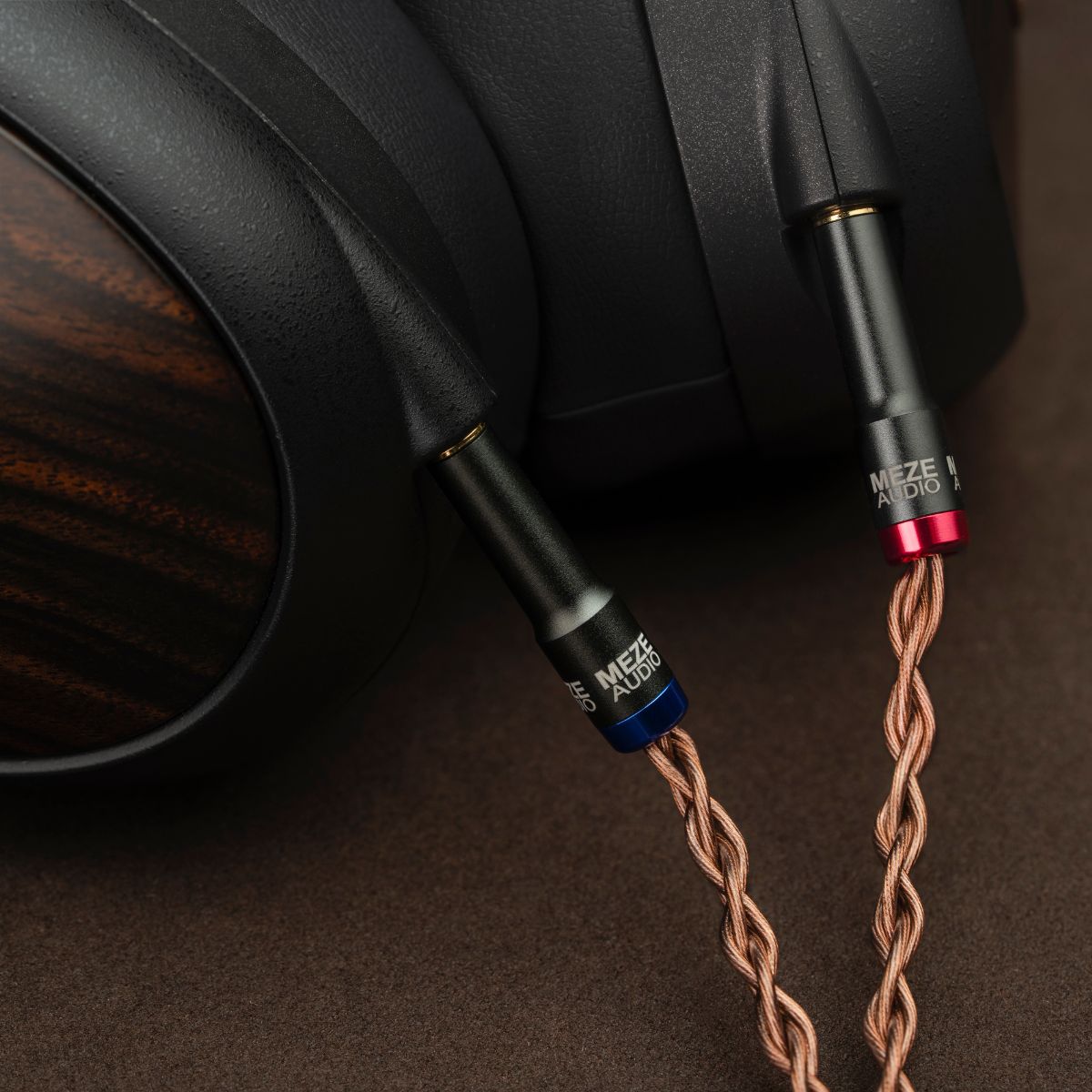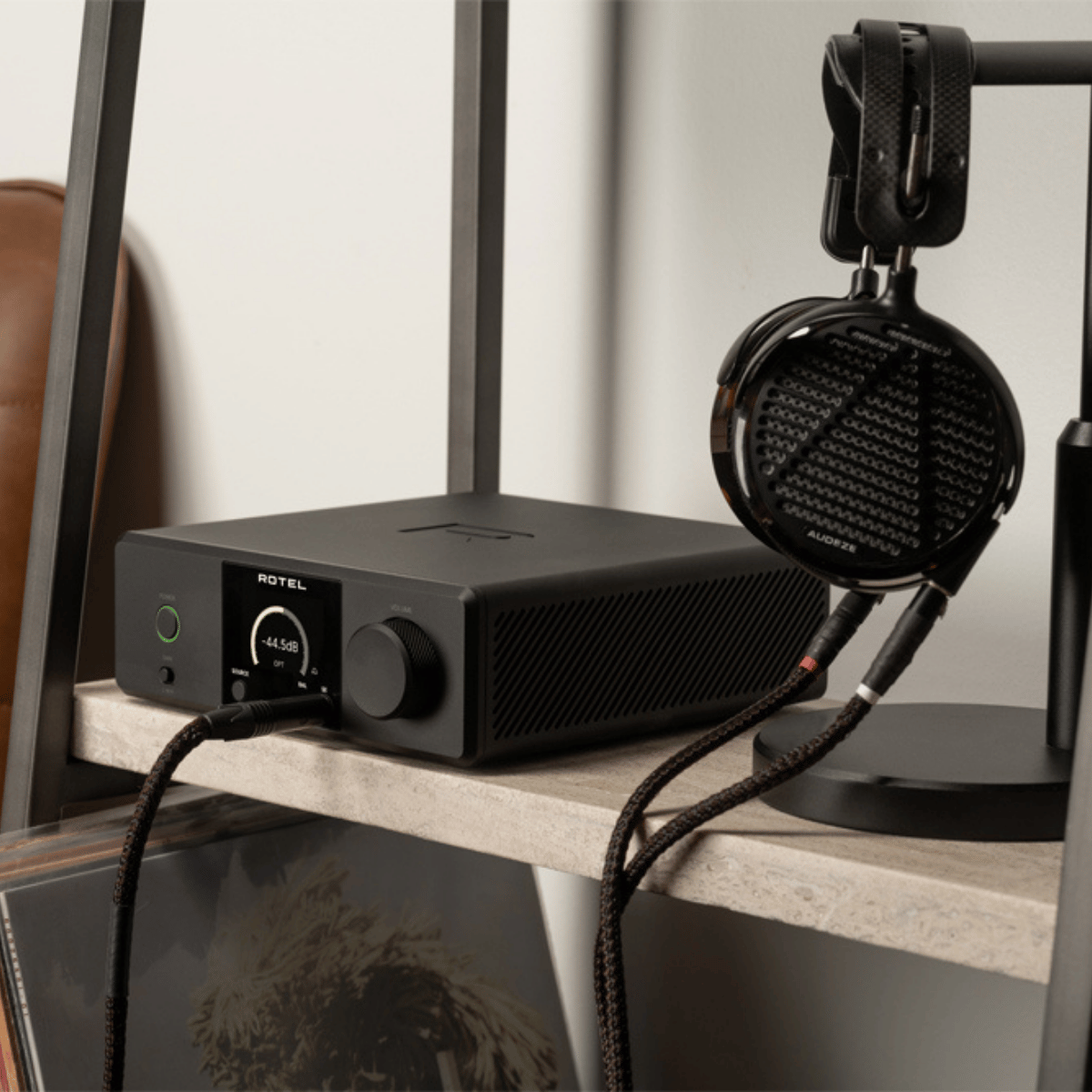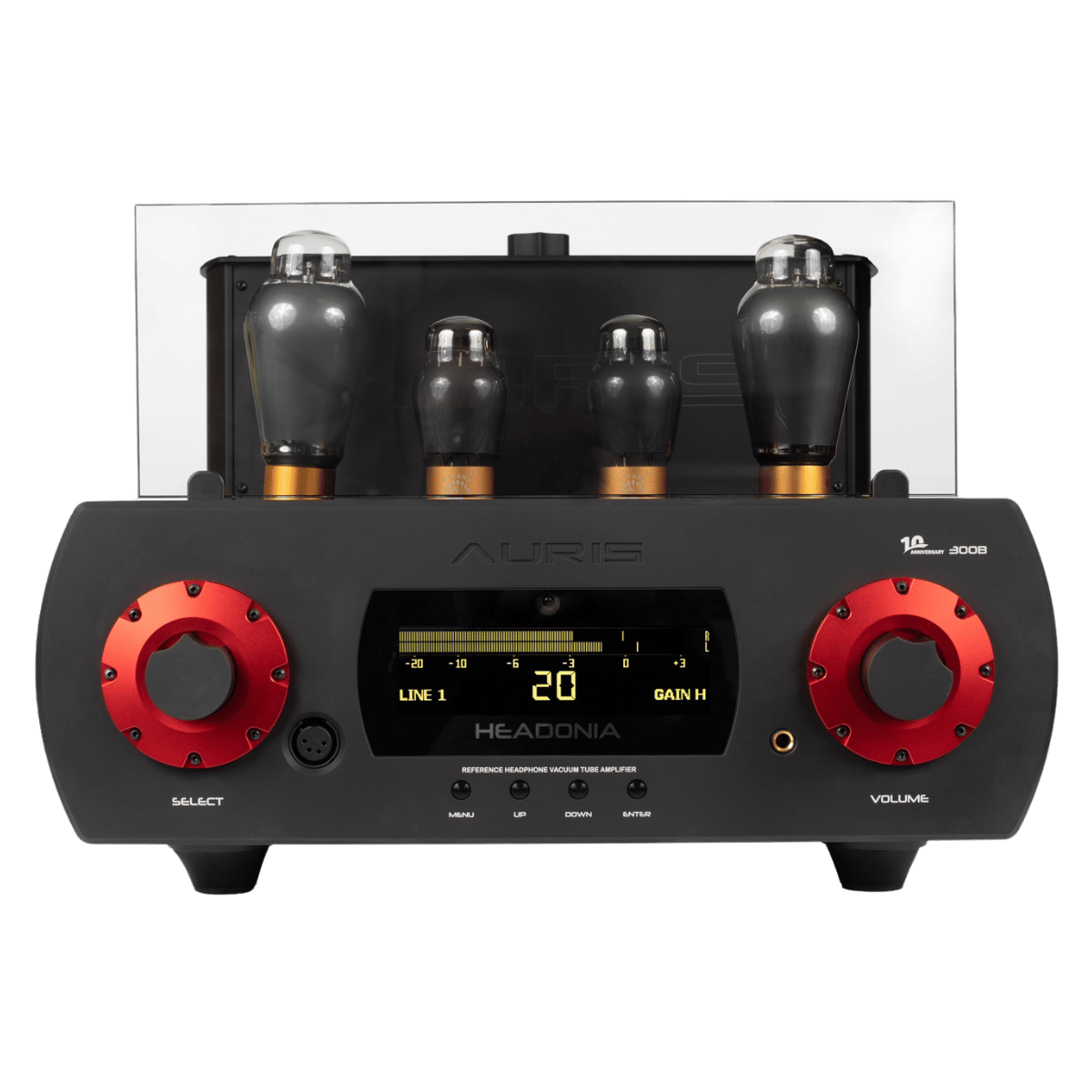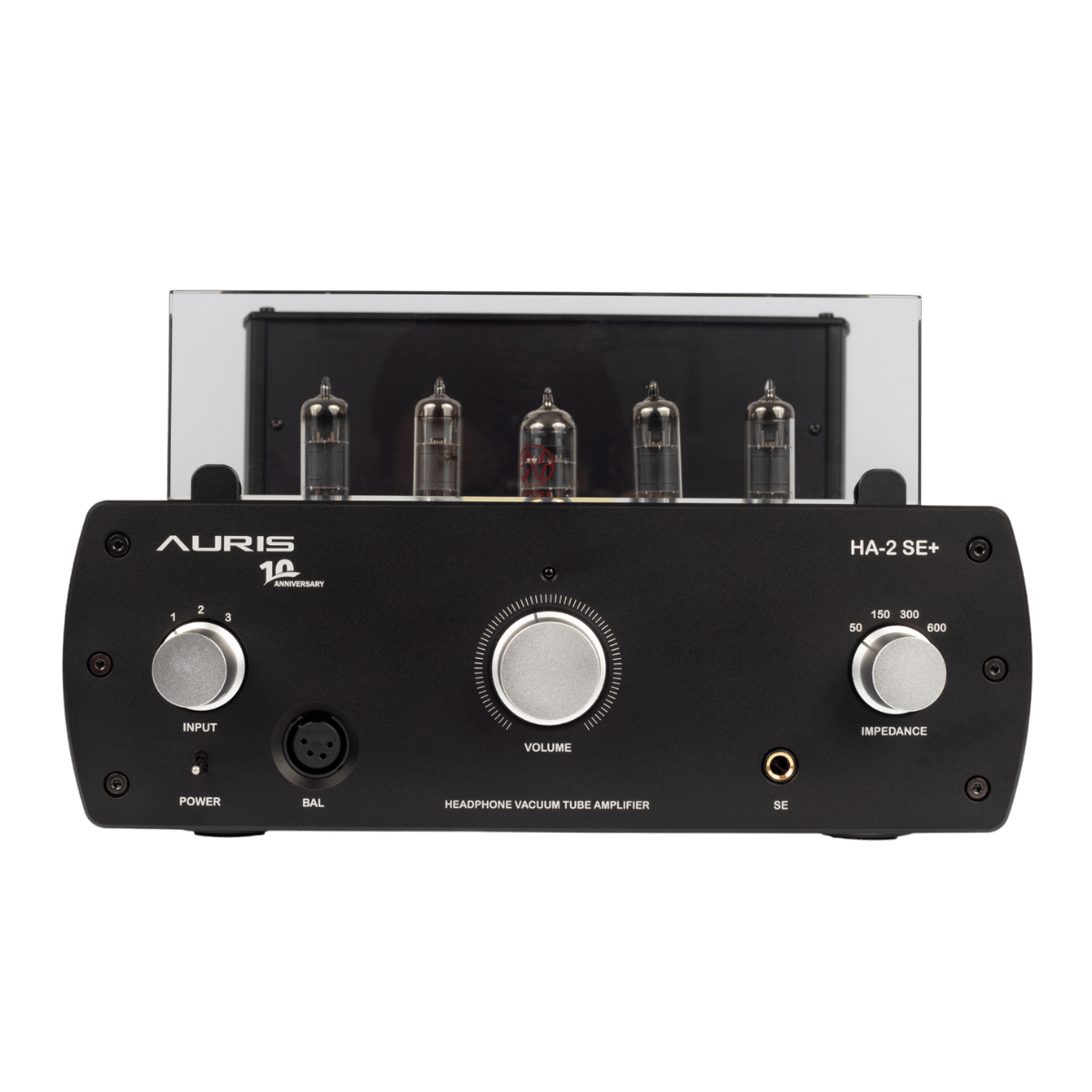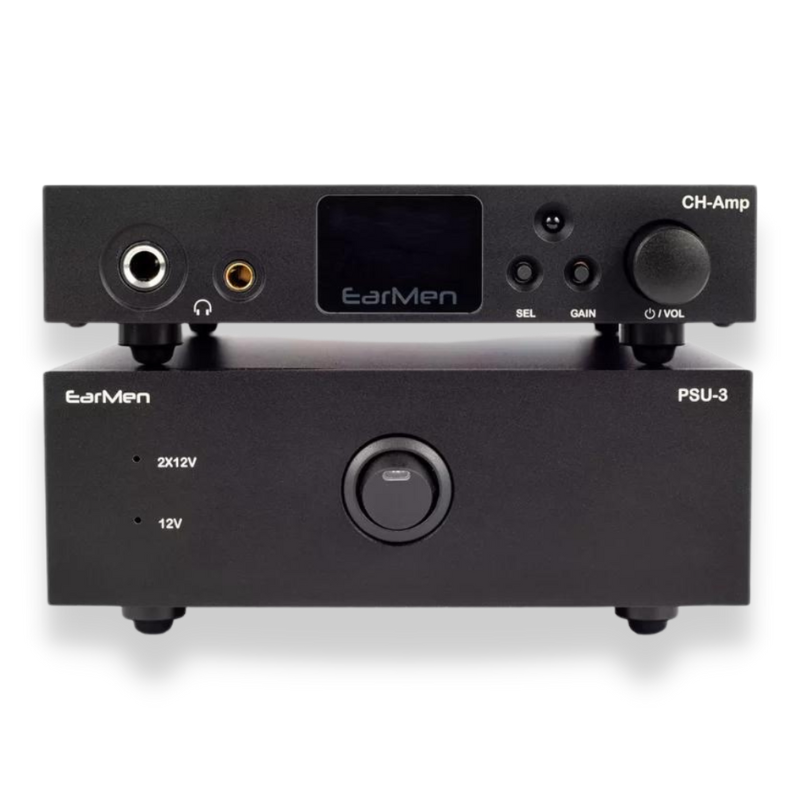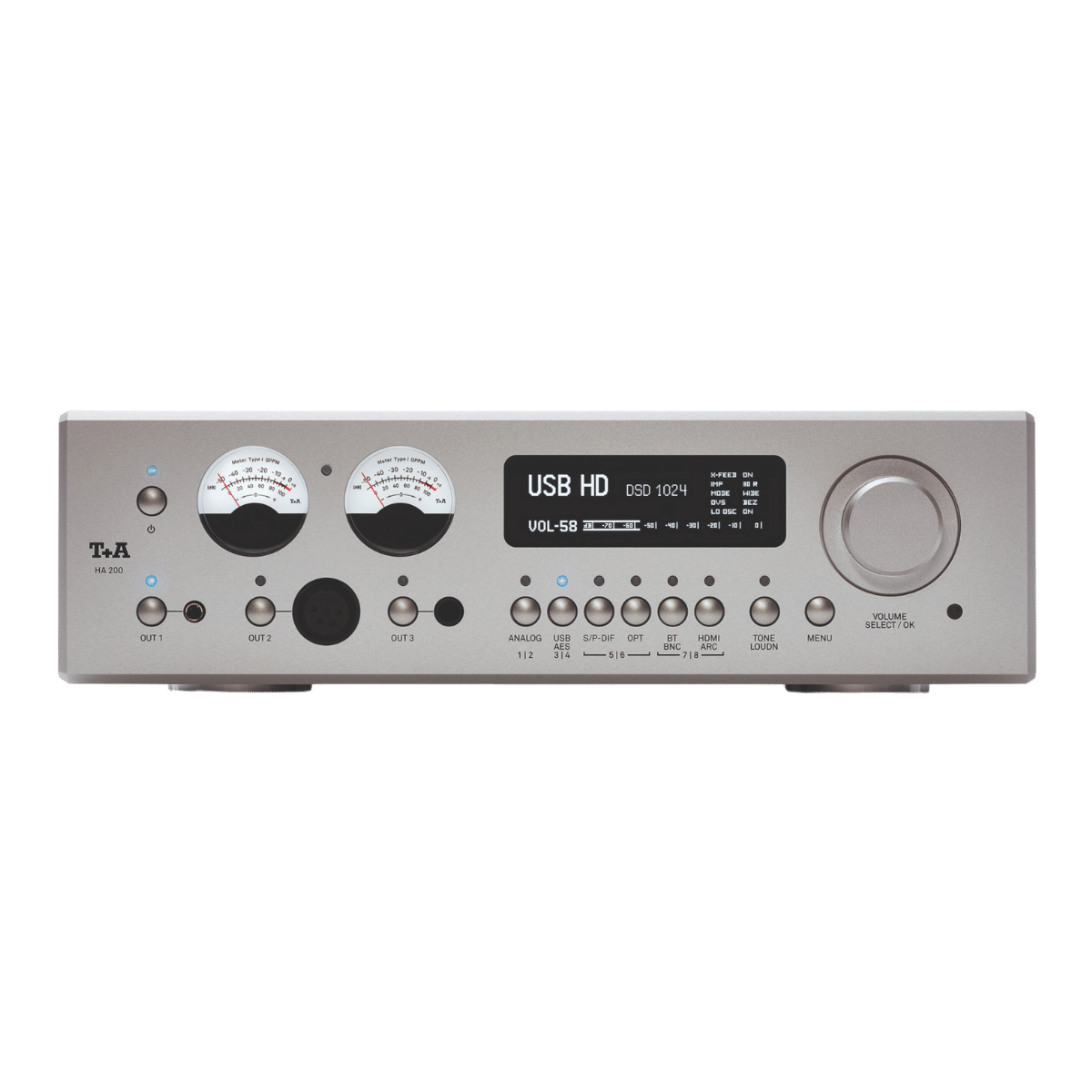

Desktop Headphone Amplifiers & DACs
Filters
14 products
TELL ME MORE ABOUT
Desktop Headphone Amplifiers & DACs
Desktop headphone amplifiers and DACs are essential components for anyone seeking to enhance their audio experience at home or in the office. These devices provide improved sound quality by amplifying the audio signal and converting digital signals into analogue, ensuring your headphones perform at their best. Ideal for audiophiles and music enthusiasts, desktop headphone amplifiers and DACs help you enjoy music, movies, and games with greater clarity and detail. In this collection, you will find a range of options designed to meet various audio needs and preferences, making it easier to achieve high-fidelity sound in your listening environment.
What are Desktop Headphone Amplifiers and DACs?
Desktop headphone amplifiers and DACs (Digital-to-Analogue Converters) are devices designed to significantly enhance the audio quality of your headphones when used with a desktop or home audio setup. These components play a crucial role in delivering high-fidelity sound by addressing two key functions: amplification and digital-to-analogue conversion.
A desktop headphone amplifier increases the power of the audio signal, ensuring that your headphones receive a strong and clear signal. This is particularly important for high-impedance headphones that require more power than standard audio outputs can provide. By amplifying the signal, the headphone amplifier ensures that the sound is rich, detailed, and free from distortion.
The DAC, on the other hand, converts digital audio signals from your computer or other digital sources into analogue signals that your headphones can use to produce sound. Many built-in DACs in computers and other devices are of lower quality, which can lead to subpar audio performance. A high-quality desktop DAC bypasses these internal converters, providing a much more accurate and detailed audio signal.
Together, desktop headphone amplifiers and DACs offer a substantial upgrade to your listening experience, allowing you to hear your music, movies, and games as they were intended to be heard. They are essential for audiophiles and anyone looking to get the most out of their high-quality headphones.
How to Choose the Best Desktop Headphone Amplifiers and DACs for Your Needs
Selecting the right desktop headphone amplifier and DAC can greatly enhance your listening experience, but it's important to consider a few key factors to ensure you choose the best device for your needs.
Sound Quality
Prioritise models known for their excellent sound quality. Look for DACs that support high-resolution audio formats and amplifiers with low distortion levels. Reading reviews and expert opinions can provide insights into the sound signature and performance of different models.
Compatibility
Ensure the amplifier and DAC are compatible with your existing equipment. Check the input and output options to confirm they match your headphones, computer, or other audio sources. Many modern DACs offer USB, optical, and coaxial inputs, while amplifiers should have the appropriate headphone output impedance for your headphones.
Features
Consider what additional features you might need. Some desktop amplifiers and DACs come with built-in preamps, balanced outputs, and multiple gain settings. Others offer Bluetooth connectivity or integrated streaming capabilities. Choose features that will enhance your specific audio setup.
Build Quality and Design
Durability and build quality are also important. Look for devices made from high-quality materials that are built to last. Aesthetics might also play a role, especially if the device will be a visible part of your desktop setup.
Budget
Set a realistic budget and compare devices within that range. While high-end models offer premium features and superior sound, there are also many affordable options that provide excellent performance.
Some Quick FAQ:
Do desktop headphone amplifiers and DACs require special cables?
Yes, desktop headphone amplifiers and DACs often require specific cables for optimal performance. Typically, you will need USB cables for connecting to your computer, and high-quality audio cables for connecting the amplifier to the DAC and your headphones.
Can I use a desktop headphone amplifier and DAC with my gaming setup?
Absolutely, desktop headphone amplifiers and DACs can significantly enhance your gaming experience. They provide clearer, more detailed audio, allowing you to hear in-game sounds and dialogues with greater precision, which can be especially beneficial in competitive gaming.
What is the difference between a portable and a desktop headphone amplifier?
Portable headphone amplifiers are designed for use on the go, with smaller sizes and battery power, while desktop amplifiers are larger, often more powerful, and designed to be used with a stationary setup. Desktop amplifiers generally offer better sound quality and more features due to their larger size and direct power supply.
How do I know if my headphones need a desktop amplifier?
High-impedance headphones (typically over 100 ohms) often benefit from a desktop amplifier. If you notice your headphones sound quiet or lack detail when connected directly to your computer or mobile device, an amplifier can provide the necessary power to improve their performance.
Are desktop headphone amplifiers and DACs difficult to set up?
No, most desktop headphone amplifiers and DACs are relatively easy to set up. They typically come with clear instructions, and you just need to connect them to your computer and headphones using the appropriate cables.
Final Thoughts
Desktop headphone amplifiers and DACs are essential tools for anyone serious about achieving the best possible sound quality from their headphones. These devices work together to amplify and refine audio signals, ensuring a richer, more detailed listening experience. By carefully selecting a model that matches your needs—considering factors such as sound quality, compatibility, features, build quality, and budget—you can significantly enhance your audio setup.
NEED MORE GUIDANCE?
We are here to help
Check out some of our most commonly asked questions.
What do I need to play records?
Getting into vinyl? That’s awesome! We have some curated turntable Hi-Fi packs, with everything you'll need to get spinning right away. But if you want to build your own, read on for all the details.
First off, you'll need a turntable. It's the star of the show, so make sure it’s in good nick, with a decent cartridge and stylus (needle).
Next, there’s the phono preamp. Some turntables or amplifiers come with one built-in, but if yours doesn’t, you’ll need one as a bridge between your turntable and amplifier or powered speakers.
For the sound output, you’ve got two options. You can go with a traditional setup involving an integrated amplifier to take the signal from your phono preamp and power your passive speakers. Alternatively, you can opt for powered speakers, which have the amplifier built in – a handy all-in-one solution.
Speaking of speakers, good ones are a must for that rich, warm vinyl sound we all love. Whether you go for bookshelf or floorstanding speakers (or powered ones) depends on your space and budget.
And there you go! With these essentials, you’ll be ready to dive into your vinyl collection and enjoy that classic sound.
What can a wireless speaker do?
Wireless speakers are a game-changer for how you enjoy music and audio around the house. First off, they let you stream music wirelessly from your phone, tablet, or computer, so no more messing about with cables. You can easily play tunes from Spotify, Apple Music, Tidal or whatever streaming service you fancy.
If you’re into having music everywhere, many wireless speakers offer multi-room audio. You can sync them up to play the same music in every room or control what plays in each room individually, perfect for parties or just keeping the vibes consistent throughout your home.
Voice control is another brilliant feature. Many come with built-in assistants like Alexa, Google Assistant, or Siri. You can control your music with just your voice, ask for the weather, set reminders, or even control other smart home devices.
Sound quality? These little gadgets often pack a punch, delivering high-quality audio that can rival traditional wired setups. Some even offer 360-degree sound, filling the room with music from every angle.
In a nutshell, wireless speakers bring flexibility, convenience, and top-notch sound to your audio experience, making them a fantastic addition to any home. Whether you’re hosting a party, working from home, or just chilling out, they make listening to music a breeze.
How do you choose the right speaker & amplifier combination?
Deciding on a good speaker and amplifier combination is like putting together a perfect wine and cheese pairing—it’s all about balance and harmony. Here’s a conversational guide to help you through it:
First, consider your speakers. These are your main players, so you want to choose ones that fit your space and listening preferences. If you love deep bass and have a bit of room, floorstanding speakers might be your go-to. For smaller spaces or a more subtle look, bookshelf speakers are fantastic.
Now, onto the amplifier. This is where things get interesting. Your amp needs to match your speakers in terms of power and impedance. Check the wattage ratings on your speakers—your amplifier should provide enough power to drive them properly. Too little power and you’ll be missing out on sound quality; too much, and you risk damaging your speakers.
Next, think about the impedance (measured in ohms). Your amp and speakers should be compatible here too. Most speakers are rated at 8 ohms, but some can be 4 or 6. Make sure your amplifier can handle the impedance of your speakers to avoid any performance issues.
Another important factor is the type of sound you’re after. Some amps are known for their warm, rich tones, while others might be more neutral or even slightly bright. It’s a bit like choosing between a vinyl record and a digital stream or CD —each has its own charm. If possible, listen to different amp and speaker combinations to see what sounds best to your ears.
If purchasing online, note that at LE, we have made recommendations on speaker & amplifier combinations that we think sound wonderful together within each product listing.
Don’t forget about connectivity and features. Modern amplifiers often come with a host of options like Bluetooth, Wi-Fi streaming, and various inputs for all your devices. Make sure your amp has the inputs you need for your turntable, CD player, or streaming device.
Finally, consider your budget. Great sound doesn’t always mean breaking the bank, but be prepared to invest to get a quality setup that will last.
In the end, trust your ears. Listen to a few combinations if you can, and go with what makes your music sound the best to you.
Why do I need a headphone amplifier?
If you’re diving into the world of high-quality audio, a headphone amplifier can be a real game-changer. Think of it like this: most standard devices, like your smartphone or laptop, just don’t have the oomph needed to drive headphones properly. They might get the job done, but they won’t do your music justice. A headphone amp gives your headphones the power they need, ensuring you get the volume and clarity that really makes your music shine.
It’s not just about making things louder, either. A good headphone amp can significantly improve sound quality. You’ll get clearer highs, richer mids, and tighter bass, making your favourite tracks sound even better. You might notice details you’ve never heard before, especially if you’re listening to high-resolution audio files.
Premium headphones often have higher impedance, meaning they require more power than your typical audio source can provide. A headphone amp can handle this with ease, making sure your headphones perform at their absolute best. Plus, many amps come with extra features like bass boost, equalisation, and gain control, giving you more ways to tweak the sound to your liking.
In short, if you’re passionate about your music and want to hear it in the best possible way, a headphone amplifier is definitely worth considering. It’s all about unlocking the full potential of your gear and really getting the most out of your listening experience.
Where should I start when designing a home cinema?
Designing your own home cinema? That's awesome! We are here to help walk you through the process, but as a starting point, here’s what we would recommend and where to kick things off:
First up, pick your spot. For most people this is your existing lounge room, but if you have an underused garage, or spare bedroom, then you have an opportunity to create your very own true Home Cinema experience. Find a room that’s just right—not too cramped and ideally away from noisy areas. This sets the stage for that immersive movie experience.
Next, think about how you’ll set things up. Plan where your seats will go and where to place your projector screen for the best view from every angle. It’s all about creating that comfy, cinematic vibe.
Sound matters, too. Consider if you want a wireless system for simplicity or a full surround sound speaker system with AV receiver for that surround-sound thrill. Think about soundproofing or adding acoustic panels or thick carpets to really amp up the audio quality of the room.
Now, onto the screen. Decide between a crisp TV or a projector setup, depending on your room size and personal style. Maybe even throw in some dimmable lights or smart lighting to set the mood just right.
And hey, don’t forget comfort. Invest in plush cinema seating and think about the décor—whether it’s movie posters, blackout curtains, or popcorn machine & bar area, whatever gives you that true cinema feel.
Lastly, tech it up! Make sure everything—from your Blu-Ray player & Apple TV to your gaming consoles—is set to sync perfectly with your new setup.
With these steps, you’re on your way to creating a home cinema that’s not just a space, but an experience. Enjoy movie nights like never before!


